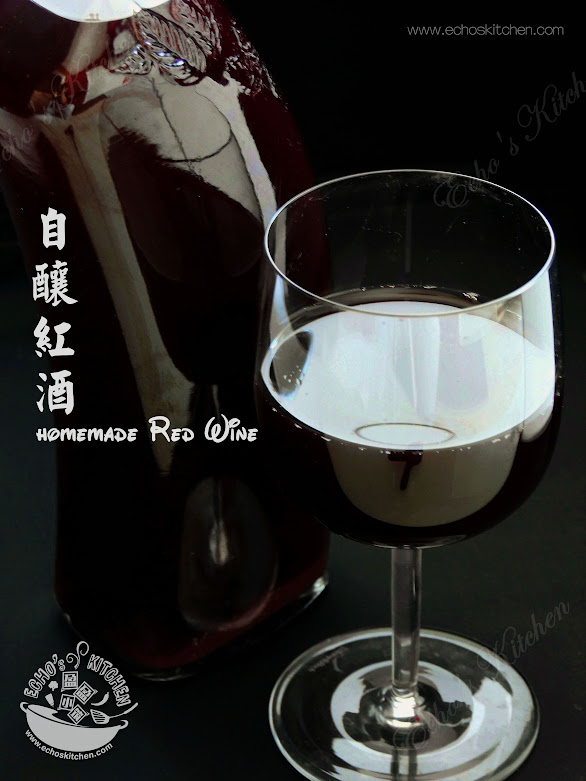我是长到大约十岁,跟着外公外婆到北马旅行时,在怡保吃到这款面食我才知道米浆制作的这个粉条也叫“河粉", 米浆制作的粉条在我们那旮旯一直都是叫做“粿条”的。
至于为什么它只有在马来西亚北方的怡保(市)才会被叫做“河粉”呢?
那就要追溯到华侨下南洋的历史了,当年下南洋的华侨一批一批的,广东人,客家人,潮州人,福建人,到步后很自然的就奔着老乡们去了。后来逐渐地,北方的槟城变成了潮州/福建人的聚居地,中部靠北的怡保,还有吉隆坡就变成了广东人的集聚地,南方的马六甲,柔佛则福建人和客家人比较多。这样的分布其实很容易地就可以从马来西亚各地的华人美食看出来。
再回到为什么只有怡保的米粉条叫做河粉,很可能是第一代的老华侨里有广州沙河镇来的移民,发现怡保这个地方被岩石山岭环,山里的泉水和广州家乡的九龙泉水类似,很适合制作河粉。于是就这样,怡保产出来马来西亚最有名的河粉了,它很薄,而且滑润透明,爽软韧筋,质量非常好。至今仍然有许多的北马人坚持只有怡保才有正宗的“怡保河粉”,其它的都是粿条呢!
这款鸡丝河粉我想念了很久,但是一直找不到比较好的新鲜河粉,而且一如其他马来西亚的面食那样,工序非常繁琐,所以就一直没有做它。我这里只能买到吃越南粉用的细米粉,如果你住的地方买得到2-3厘米宽的新鲜粿条/河粉,强烈建议你用那种哦!
I didn't grow up eating Hor Fun -- which is what flat rice noodle is called in the northern part of Peninsular Malaysia, especially in Ipoh. This type of noodle is called "Kuey Teow" in my part of the world.
The first time I heard the term "Hor Fun" was probably when I was around 10 years old, sometimes around long school holidays when my maternal grandparents brought us to visit Penang and en-route to Ipoh for the good foods that the town is known for.
Though not a big fan of soupy Kuey Teow a.k.a Hor Fun, this dish caught my fancy the first time I tried it, the noodles are smooth and the broth so full of flavors.
My FB friend Ivan posted his version of this Hor Fun on his page not long ago and it really got me craving for a good bowl of this noodle for sometimes. So one fine day I finally gathered enough ingredients (and courage) to go through the lengthy process just to prepare a bowl of this hearty noodle soup.
Try using the rice noodle which is 2-3 mm thick if you can find it, I strongly suggest to use only the fresh noodles, unfortunately the only fresh Hor Fun I could get in the nearby supermarket is thin rice stick noodle, not ideal but at least it is fresh! The dried version just won't cut it.










